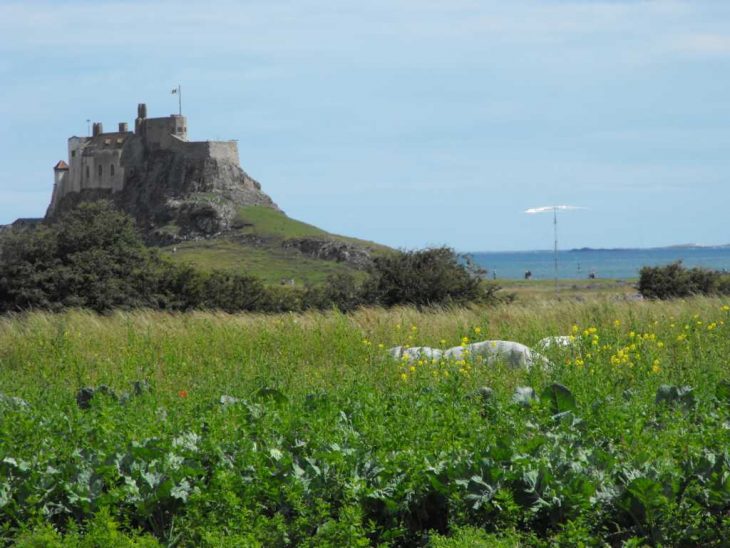”LET’S SAVE THE GREEN PLANET EARTH”
….also known as
‘Lindisfarne’
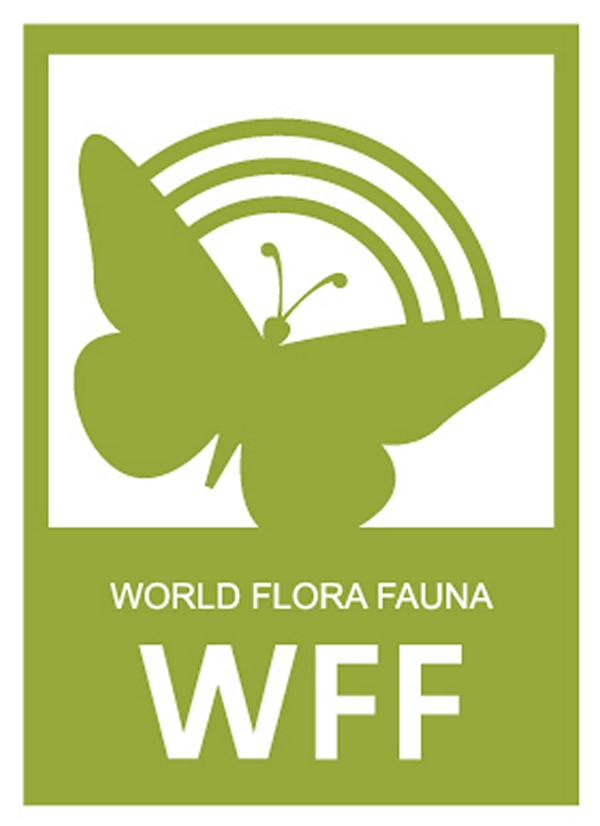 Beyond Bamburgh, the tidal estuary-like mud flats of Budle Bay, is Holy Island, still often known by its more ancient name of Lindisfarne. It is only accessible from the mainland at low tide by means of a causeway, which can be reached from the village of Beal.To the south of the more modern road-surface causeway, a series of stakes mark the old route across to the island called the `Pilgrims Way’ which was used in ancient times by visitors to the great Christian centre of Lindisfarne.
Beyond Bamburgh, the tidal estuary-like mud flats of Budle Bay, is Holy Island, still often known by its more ancient name of Lindisfarne. It is only accessible from the mainland at low tide by means of a causeway, which can be reached from the village of Beal.To the south of the more modern road-surface causeway, a series of stakes mark the old route across to the island called the `Pilgrims Way’ which was used in ancient times by visitors to the great Christian centre of Lindisfarne.
This page contains brief details and photo’s of the trip to Holy Island, Lindisfarne, Northumberland National Park (from both 2008 and 2009) and is from the prospective of the World Flora Fauna programme. For a more detailed account of the trips then return to the sidebar Menu, select ‘My Dxpeditions’ and then ‘Holy Island’. Alternativly check out the ‘Gallery’ and you will also find photos on there in the near future – Thanks.
Lindisfarne National Nature Reserve is where in Britain, both land and water meet. The Island can only be reached by vehicle or on foot via a 2.5 mile causeway, which is closed from 2 hours before high tide until 3 hours after at which times the Tide completely swamps the tarmacadam causeway. Tidal mudflats, sand dunes and marshes can be sean in 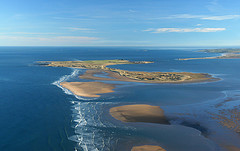 abundance which combine to create a an area of outstanding beauty with many different plants and a home also to a food supply that attracts bird visitors from many of miles away. The NNR is managed by Natural England staff who work to ensure that the birds and plants of the area survive in harmony with the people who live in and those that visit the area in such large
abundance which combine to create a an area of outstanding beauty with many different plants and a home also to a food supply that attracts bird visitors from many of miles away. The NNR is managed by Natural England staff who work to ensure that the birds and plants of the area survive in harmony with the people who live in and those that visit the area in such large 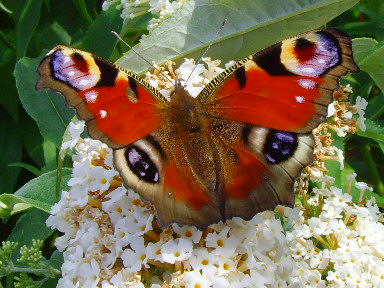 numbers daily. The site hosts up to 50,000 waterfowl and is very famous for the flock of light bellied brent geese as this is their only regular wintering place in Britain. Other internationally important wildfowl and wintering birds that over-winter here include greylag and pink-footed goose, wigeon, grey plover and bar-tailed godwits who fly into the area every autumn.
numbers daily. The site hosts up to 50,000 waterfowl and is very famous for the flock of light bellied brent geese as this is their only regular wintering place in Britain. Other internationally important wildfowl and wintering birds that over-winter here include greylag and pink-footed goose, wigeon, grey plover and bar-tailed godwits who fly into the area every autumn.
In the dune ‘slacks’ (where the holes are mainly damp) rabbits perform a useful function in keeping the creeping willow well grazed and thus the eco-system works well here as also allowing the more rarer plants to establish. The site also has a wide range of marine habitats that are created by the varied geology of the rocky inter-tidal zone including, limestone and sandstone and volcanic rock. This, combined with the interaction of the sea produces some unique habitats and species specific to the Northumberland.
The dune systems support a varying range of fauna including dark green fritillary, grayling and ringlet butterflies and rare moths. It has been discovered that most of the duneland of the Northumberland coast is relatively young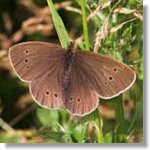 – having only developed during the last 200 – 300 years, however here on Lindisfarne NNR, older dunes based on glacial sands and clays exist, where Holy Island has an extensive range of dunes and dune grassland.
– having only developed during the last 200 – 300 years, however here on Lindisfarne NNR, older dunes based on glacial sands and clays exist, where Holy Island has an extensive range of dunes and dune grassland. 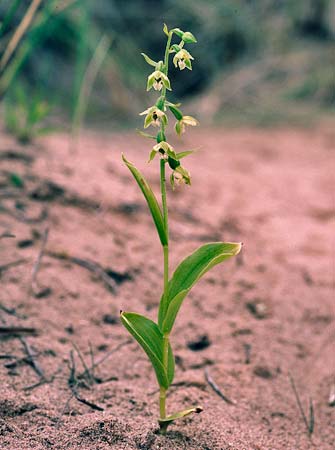 Here on the Northumberland coast, species to be found include burnet rose; seaside geranium; marsh helleborine; sea lavender; the county flower of Northumberland – the bloody cranesbill and the unique Lindisfarne helleborine.
Here on the Northumberland coast, species to be found include burnet rose; seaside geranium; marsh helleborine; sea lavender; the county flower of Northumberland – the bloody cranesbill and the unique Lindisfarne helleborine.
The Northumberland Coast was designated as an AONB (Area of Outstanding Natural beauty) in 1958 and covers over 39 miles of coast from the Coquet estuary in the south, to Berwick in the North. The coastline is best known for it’s dramatic landscapes including long sandy beaches, rolling dunes, rocky cliffs and islands. 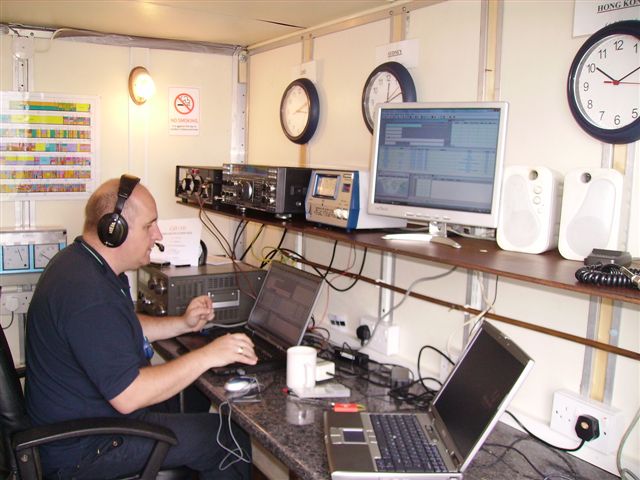 This thin stretch of the landscape is never wider than 2.5km and less than 50m in width at it’s narrowest point, however it contains a huge variety of natural, historical and scenic interest. The primary statutory purpose of the AONB is to enhance and conserve the natural beauty of the landscape.
This thin stretch of the landscape is never wider than 2.5km and less than 50m in width at it’s narrowest point, however it contains a huge variety of natural, historical and scenic interest. The primary statutory purpose of the AONB is to enhance and conserve the natural beauty of the landscape.
As well as the AONB the area was rewarded also as a SSSI (Site of Special Scientific Interest). SSSIs are the country’s very best wildlife and geological sites. They include some of our Country’s most spectacular and beautiful habitats. As well as the extensive inter-tidal sand and mudflats it also supports internationally important wintering populations of waders and wildfowl.
I visit the island now at least once each Year and its great to be able to operate from there amongst the Flora Fauna. Even during the daytime despite the hundreds of visitors, the area still remains very quiet and solitude found easily. In the evening time when the public and Ice Cream seller have left, with only the Islanders and the radio team are left, then it beats a holiday on the Continent for sure – England at its best!
(tnx to Richard Constantine G3UGF for some of the images)
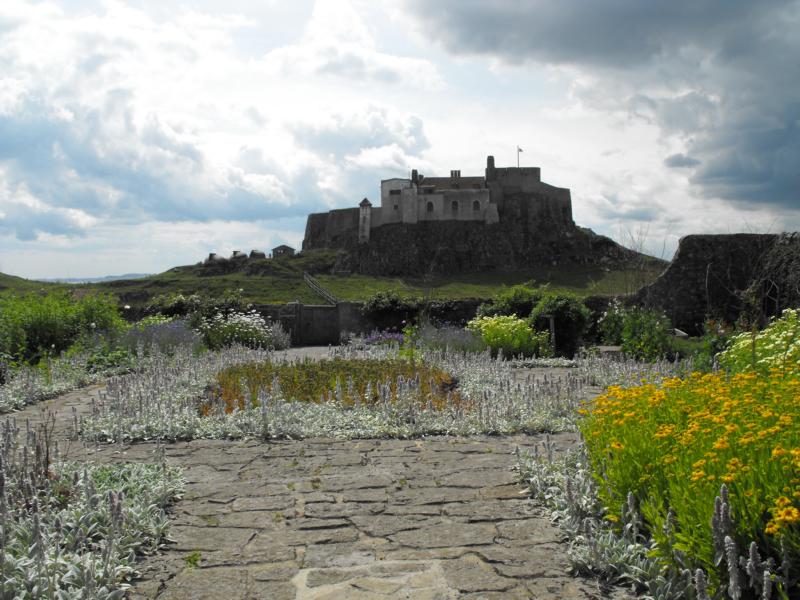
Thats it for now, hope you enjoyed your visit to GFF-013 & GFF-172,
Holy Island (Lindisfarne) in the Northumberland National Park, both located in Northern England?
Please join me again soon,
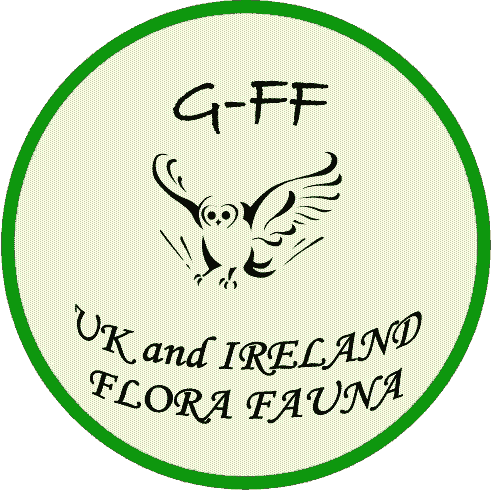
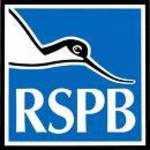
73 de Charles…

